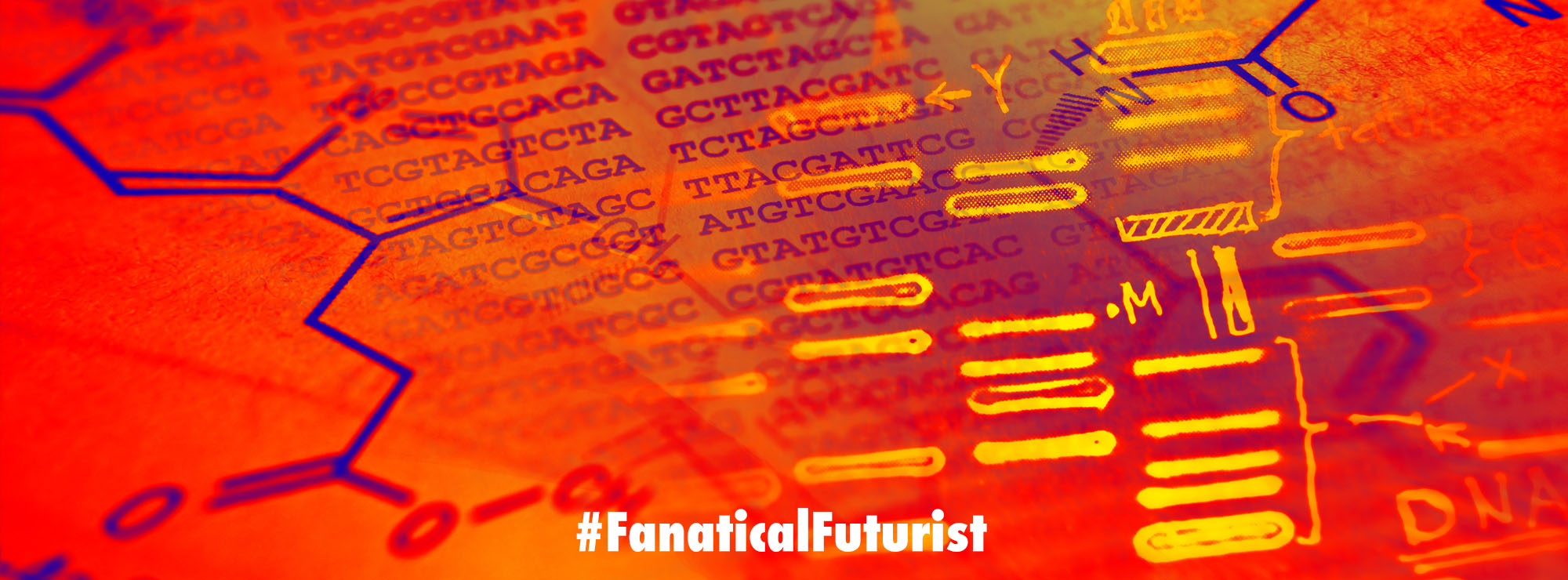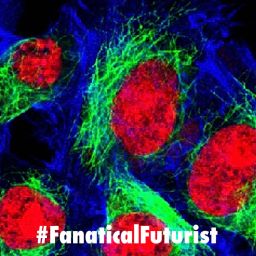
WHY THIS MATTERS IN BRIEF
As the technology of the future increasingly looks like it will be biological based we’ll need more “biological debuggers” like this one that can debug it.
 Interested in the Exponential Future? Connect, download a free E-Book, watch a keynote, or browse my blog.
Interested in the Exponential Future? Connect, download a free E-Book, watch a keynote, or browse my blog.
This is a good example of how an article, or breakthrough in one area will impact other futuristic technology areas, so strap in and let’s go for an unexpected ride. Every cell in our body has a computer-like control system that sends biological signals through thousands of circuits to monitor the cell’s needs and regulate its responses. But when diseases such as cancer arise these regulatory circuits often go awry resulting in unnatural signals and responses that then go on to exacerbate diseases and other chronic conditions. As a consequence, even though we have a way to record all these minute cell level changes using Cellular Recorders, the ability to accurately detect and de-bug these abnormal disease signals would be a major boon to helping researchers create new precise healthcare treatments – as well as giving us a powerful new tool to help us de-bug tomorrow’s biological and DNA computer platforms, and biological electronics, as well as tomorrow’s DNA neural network AI’s.
This week researchers at Stanford University announced they’ve created a biological tool that can not only detect these faulty genetic circuits but also “de-bug” them, much in the same way we identify bugs in software and debug it, with the twist that in this case we can facilitate the elimination of cancer cells, for example.
In an article in the journal Molecular Cell, Stanley Qi and his team describe how they built their “Sense and respond” system by modifying the amazingly powerful CRISPR-Cas gene editing tool, which works like a molecular switch to repair faulty genes. Qi is an assistant professor of bioengineering and of chemical and systems biology.
Qi had previously developed CRISPR-Cas tools that could perform multiple tasks, such as switching desired genes on or off, but in his latest work, with graduate student Hannah Kempton, he expanded on that concept to develop a CRISPR-Cas tool that performs these different tasks only in the presence of different combinations of biological signals.
This is important because complex diseases like cancers can rarely be identified by a single genetic breakdown. More often, they result from a cascade of failures involving several genes, for example, one may be switched on when it should be off, for instance, interfering with the proper operation of other genes.
During his research Kempton modified a particular Cas protein, Cas12, to enable it to detect multiple faulty signals and flip the right switches to help eliminate whatever chain of defects had caused the cell to malfunction.
“Few works have demonstrated this much control in human cells,” said Qi, whose lab has applied for a provisional patent on their Cas12 technology.
“Sensing many signals at once means greater precision in identifying a disease state, and greater safety in administering a therapy. We see this kind of circuit control playing a bigger role in treatments in the future,” he said.
The researchers believe that the applications for this technology extend beyond treating diseases like cancer. For example, rather than eliminating sick cells, the body may need to generate healthy new cells to replace irreparable ones. Our heart, bones, liver and other organs are all made up of specialised cell types that can be generated from stem cells. By programming the engineered Cas12 tool to trigger the right genetic circuits in these stem cells, clinical scientists could direct their rapid transformation into useful cells to repair damaged organs in response to injury.
“We’ve created a multi-tasking tool that can probe and control several genetic circuits at once,” Kempton said, and as DNA, via the magic of Synthetic Biology, increasingly looks like the ultimate software of the future having a de-bugger like this one could come in very handy indeed.
Source: ScienceDirect















